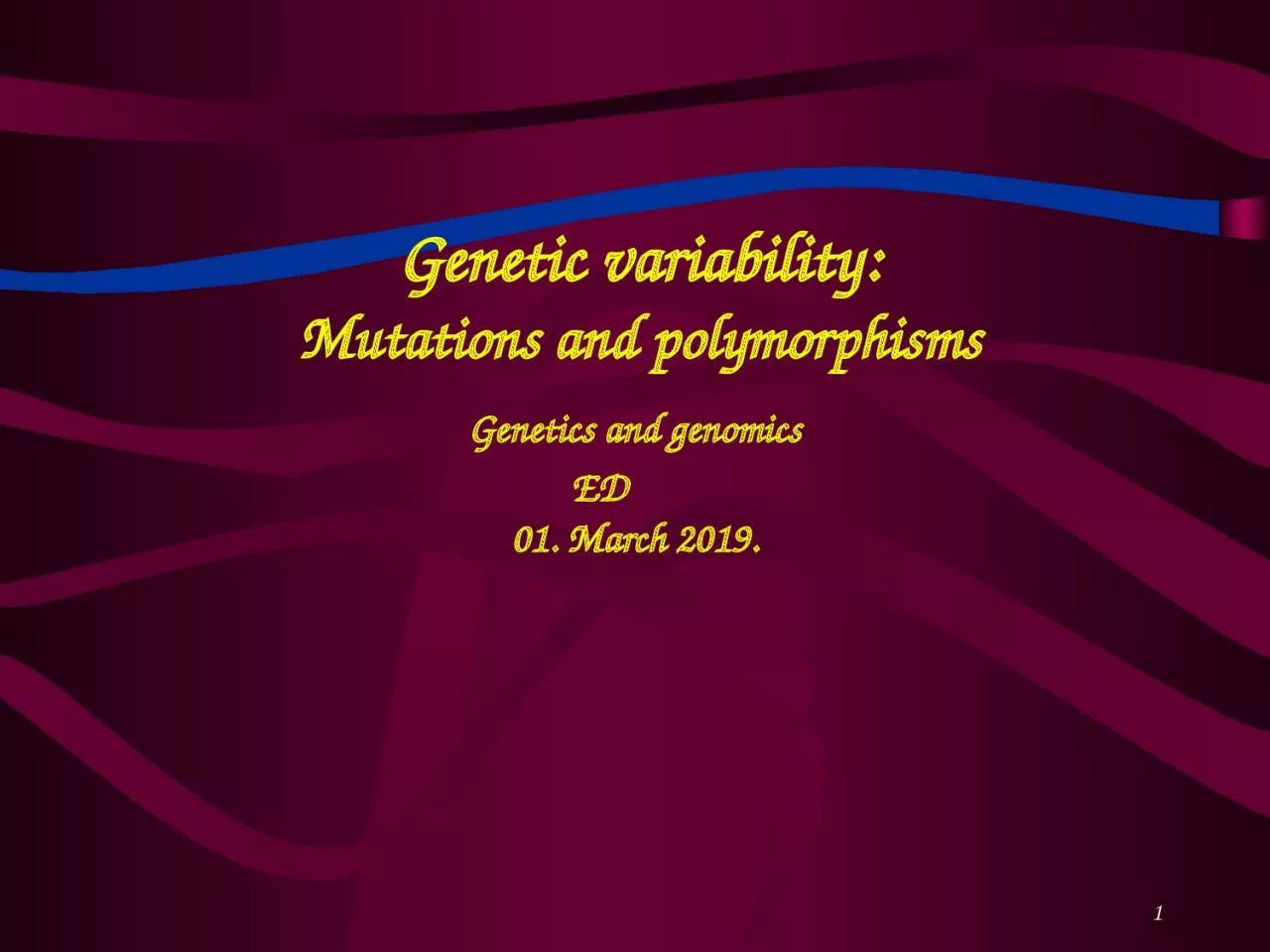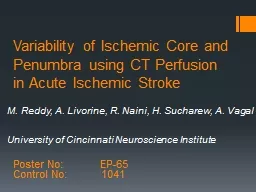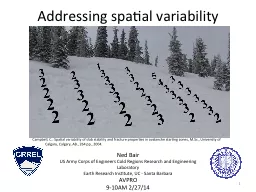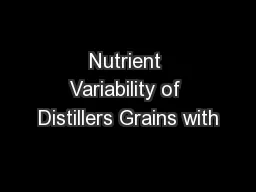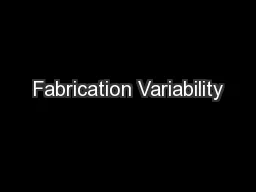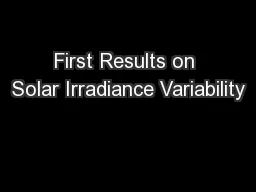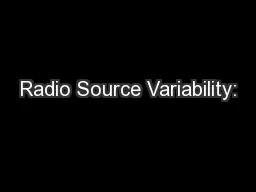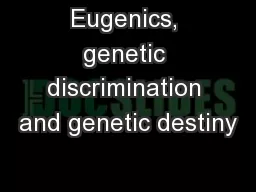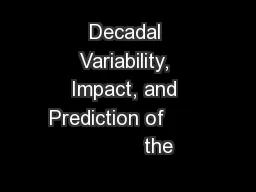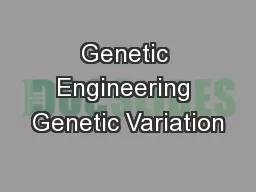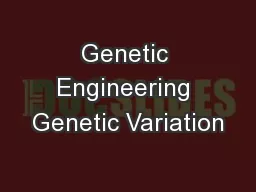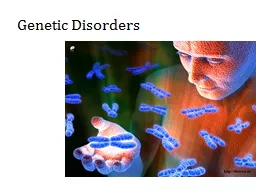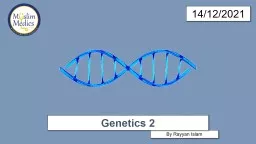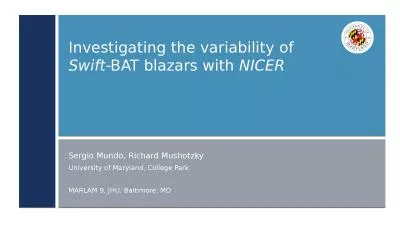PPT-1 Genetic variability :
Author : BabyDoll | Published Date : 2022-08-01
Mutations and polymorphisms Genetics and genomics ED 01 March 20 19 2 Geneti c variability I ncreased by S exual reproduction meiosis generation of gametes
Presentation Embed Code
Download Presentation
Download Presentation The PPT/PDF document "1 Genetic variability :" is the property of its rightful owner. Permission is granted to download and print the materials on this website for personal, non-commercial use only, and to display it on your personal computer provided you do not modify the materials and that you retain all copyright notices contained in the materials. By downloading content from our website, you accept the terms of this agreement.
1 Genetic variability :: Transcript
Download Rules Of Document
"1 Genetic variability :"The content belongs to its owner. You may download and print it for personal use, without modification, and keep all copyright notices. By downloading, you agree to these terms.
Related Documents

